How to produce perfect synth arpeggiator parts
Let the arpeggiator take the creative strain out of your next track. Here's how to make the most of your synth's autopilot chord and melody buddy
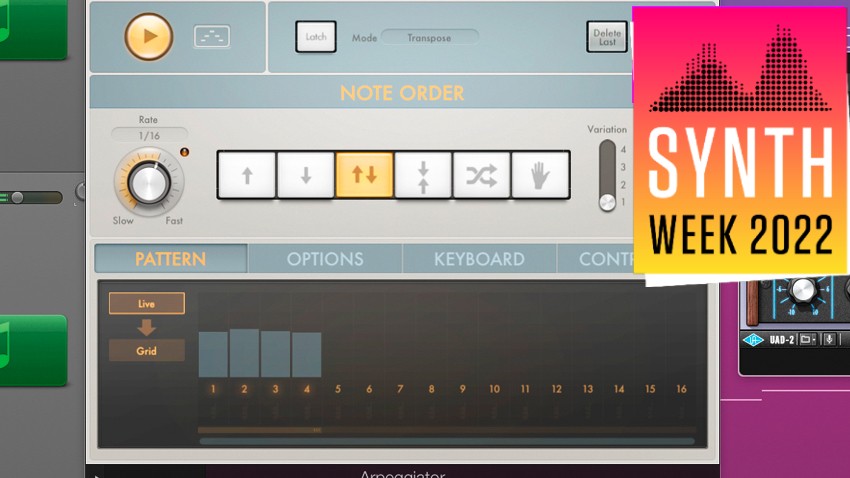
SYNTH WEEK 2022: Why play and program your own tune when your synth's arpeggiator can do the job for you? And probably do faster, more accurately and more creatively than you could do it yourself.
Arpeggiators have been contributing to great music for decades and their quick and simple breakdown of a track's chords – rendering multi-note blocks into dazzling cascading melodies can bring any static track to glowing and shimmering life.
In this walkthrough, we're going to take a basic arpeggiated sound fromNative Instruments Round and transform it into something special with the help of some tasty effects…
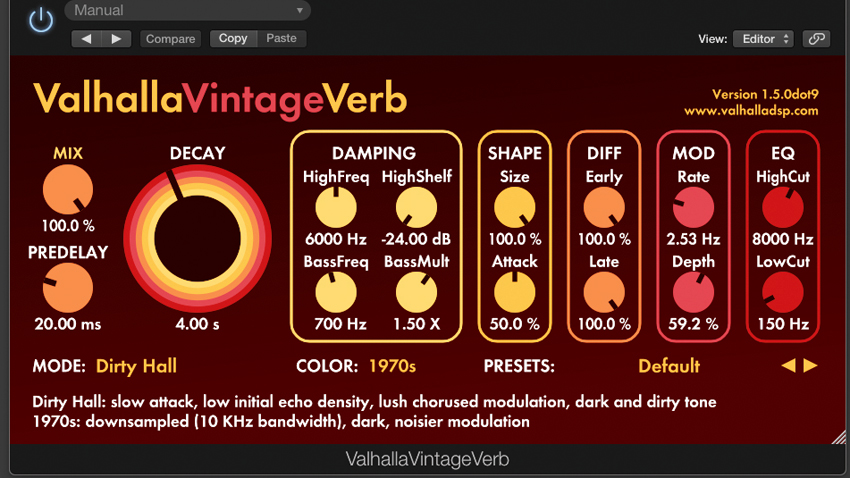
Step 1: Our backing track starts with a dark filtered pad from Omnisphere and a supporting sub bass. Both parts are being fed into Valhalla’s VintageVerb, which is set to the Dirty Hall algorithm, the detuned pitch modulation and low-sample rate of which provide grit and unpredictability.
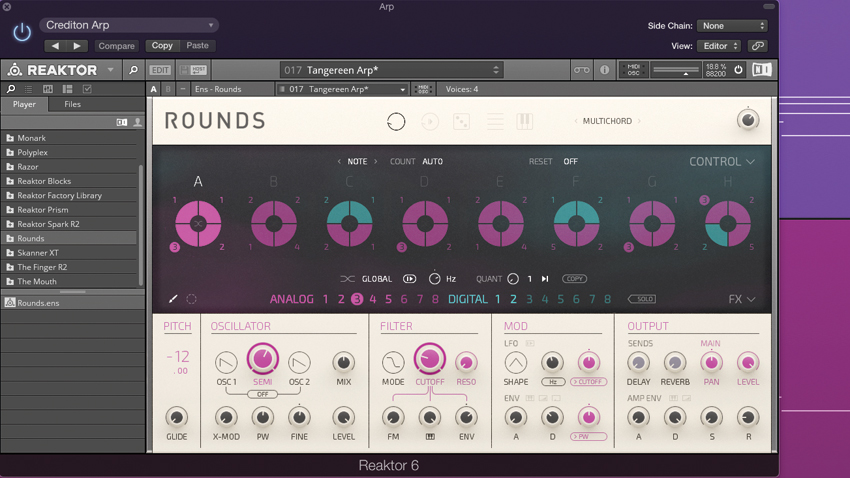
Step 2: We open Native Instruments Rounds, browsing the ‘Created For Arpeggiator’ patches before selecting Tangereen Arp. We switch off all but the ‘A’ bank, so that the arpeggiator cycles only between those segments. We set the pitches of Analog modules 1, 2 and 3 to 0, 0 and 12 semitones respectively.

Step 3: We Sync Oscillator 1 to Oscillator 2 for all the Analog engines and add detune using the ‘Fine’ tuning dial. We add a touch of X-Mod to further manipulate the pitch in each engine, and tweak the cutoff point for engines 2 and 3 to make the upper notes duller.
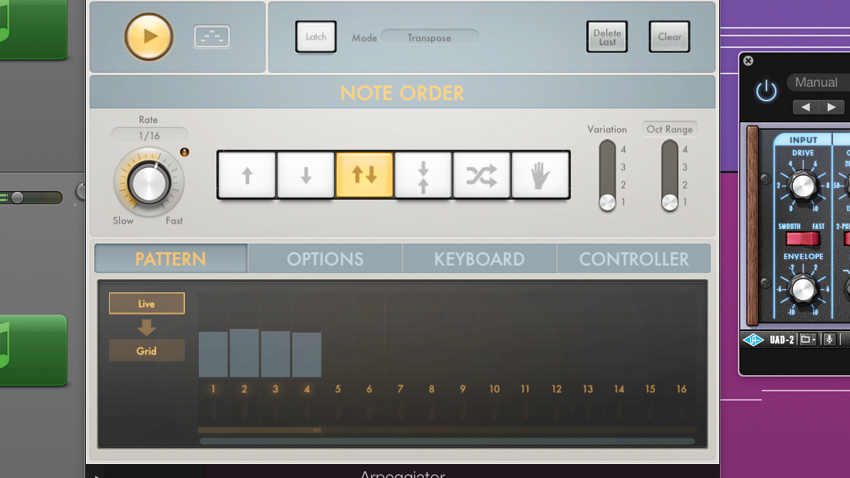
Step 4: We’re using Logic Pro’s Arpeggiator, set to the Up and Down pattern, so that the bottom and top notes are repeated. We put UAD’s Moog Filter in the first Insert slot to add further resonant filtering, using a low-pass 4-pole filter with the cutoff at 3kHz and some resonance dialled in.
Want all the hottest music and gear news, reviews, deals, features and more, direct to your inbox? Sign up here.

Step 5: We want to manipulate the pitch further. We add UAD’s Eventide H910 Harmonizer, using an input envelope to change the pitch whenever notes play. Then we add the MXR Flanger-Doubler, creating a wide chorus effect. Both have a mix balance of ‘nearly dry’, so that the effect is relatively subtle.
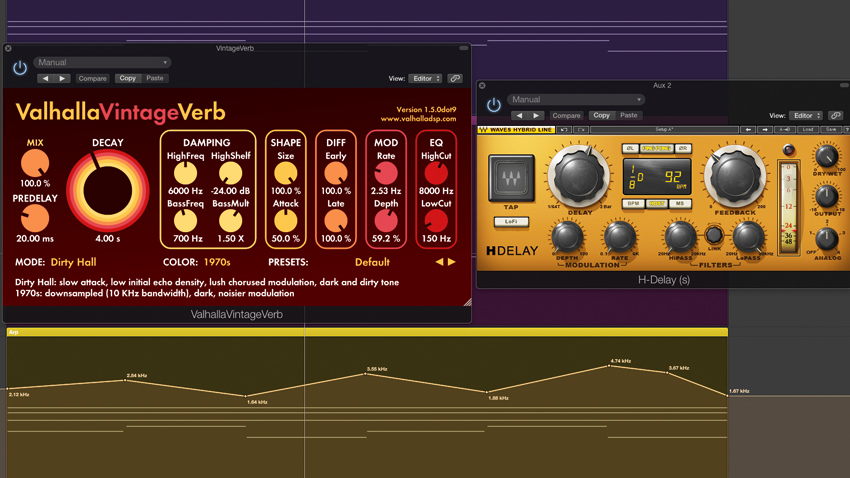
Step 6: We send the Arp to Valhalla VintageVerb and a second auxiliary, which houses Waves H-Delay. This is sent to VintageVerb, too. Finally, we automate the Moog Filter’s cutoff point to create tonal variation as the arpeggiator sequence plays.
Want more synthy goodness? Get all our features, tutorials, tips and more at our Synth Week 2022 hub page.
Future Music is the number one magazine for today's producers. Packed with technique and technology we'll help you make great new music. All-access artist interviews, in-depth gear reviews, essential production tutorials and much more. Every marvellous monthly edition features reliable reviews of the latest and greatest hardware and software technology and techniques, unparalleled advice, in-depth interviews, sensational free samples and so much more to improve the experience and outcome of your music-making.
